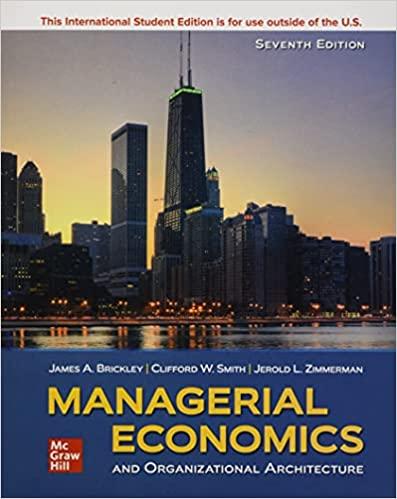430. Japan had approximately 4,350 miles of expressway in 2003all toll roads. In fact, the tolls are
Question:
4–30. Japan had approximately 4,350 miles of expressway in 2003—all toll roads. In fact, the tolls are so high that many drivers avoid using expressways. A typical 3-hour expressway trip can cost $47. A new $12 billion bridge over Tokyo Bay that takes 10 minutes and costs $25 rarely is busy. One driver prefers snaking along Tokyo’s city streets for hours to save $32 in tolls.19 Assume that the daily demand curve for a particular stretch of expressway is:
P = 800 yen − 0.16Q
a. At what price-quantity point does this demand curve have a price elasticity of 1?
b. Assume the government wishes to maximize its revenues from the expressway, what price should it set? And how much revenue does it generate at this price?
c. Suppose that traffic engineers have determined that the efficient utilization of this particular toll road is 4,000 cars per day. This traffic level represents an optimum tradeoff between congestion (with its associated reduction in speeds and increase in accidents) between expressways and surface roads. If 4,000 cars per day is the socially efficient utilization of the toll road, what price should be set on the toll road?
And how much revenue is collected by the government?
d. Which price, the one in part (b), or the one in part
(a) would you expect the government to set?
Step by Step Answer:

Managerial Economics And Organizational Architecture
ISBN: 9781260571219
7th International Edition
Authors: Clifford W. Smith, Jerold Zimmerman, James Brickley






